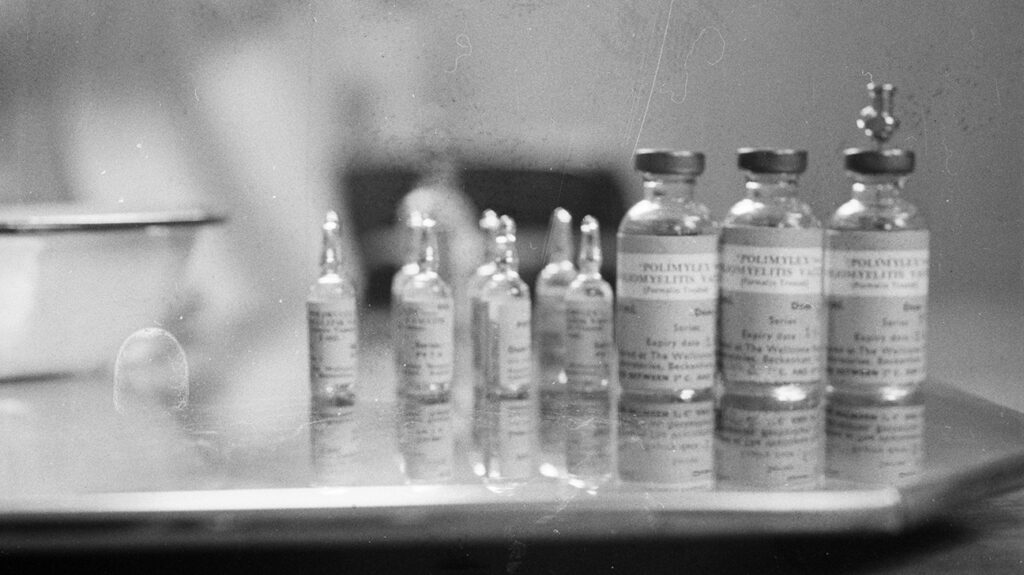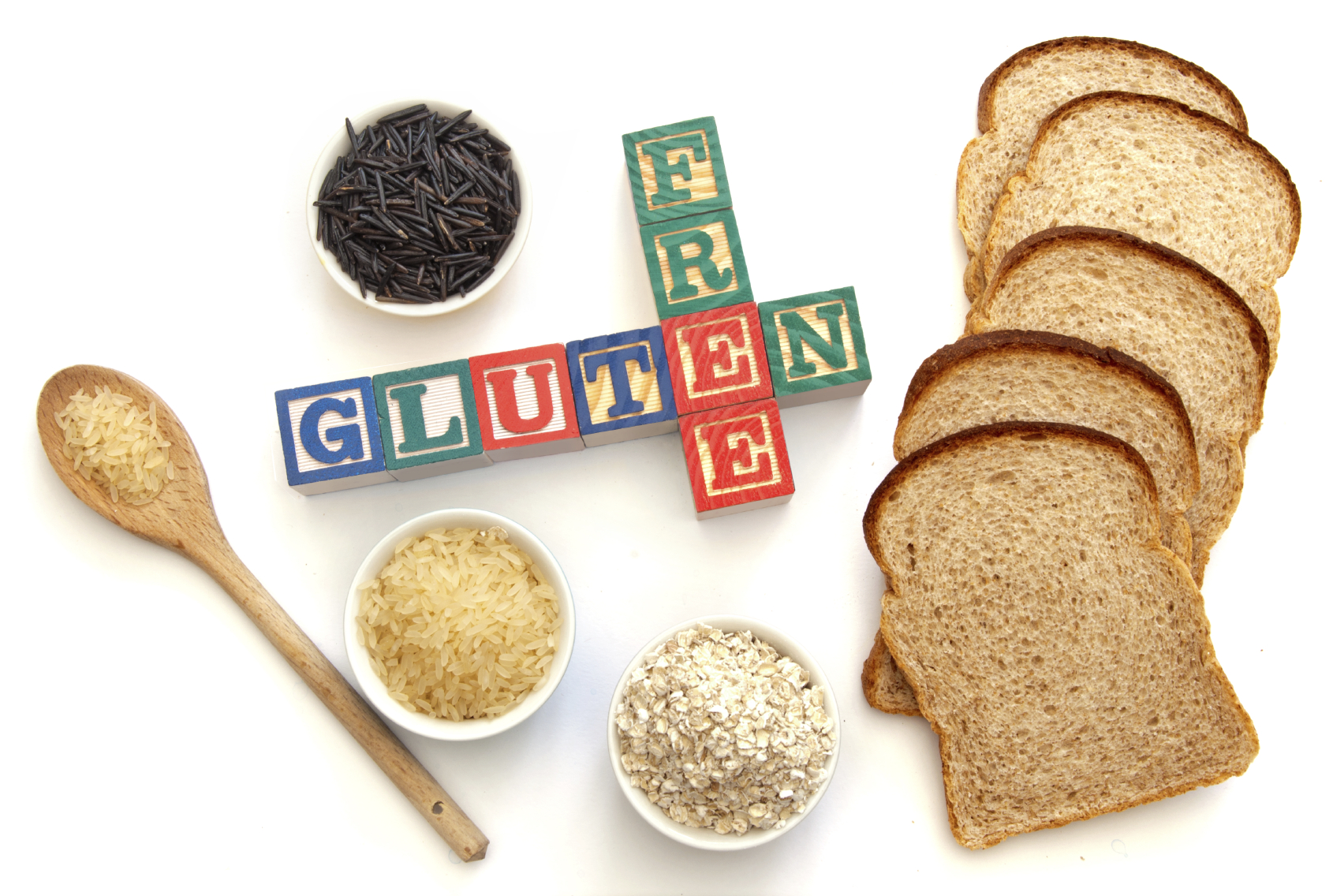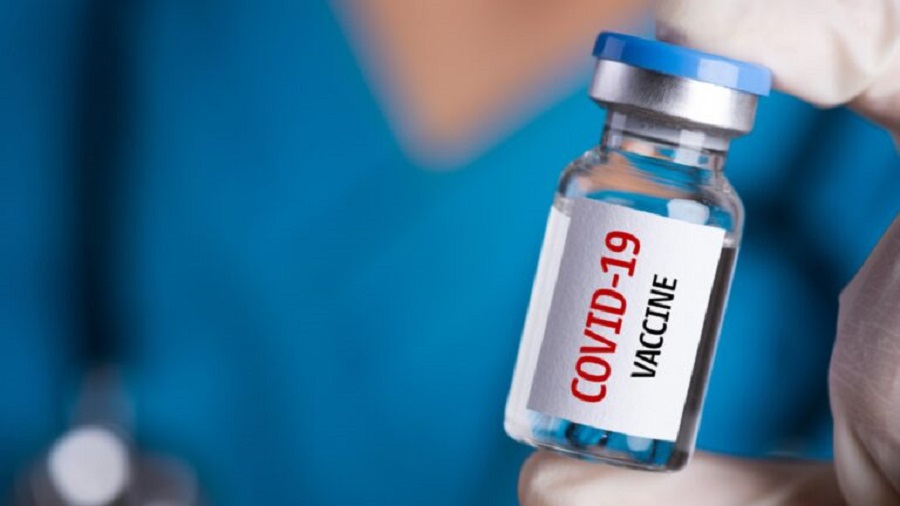For the average adult, a diabetes diagnosis is life-changing. Managing diabetes involves a daily routine that shifts toward remembering to take medication, check blood sugar, and monitor carbohydrate intake.
Frequent trips to multiple doctors’ offices become the norm, as regular foot checks, dental appointments, eye exams, and primary care visits are crucial for avoiding the complications of poorly managed disease.
These complications can include gum disease, cardiovascular problems, nerve damage, kidney failure, blindness, and even amputation. Individuals who receive an early diagnosis and manage the disease well can expect to live as long as those without diabetes, but research has linked poor disease management to reduced life expectancy of up to 8 years.
For someone reentering society after being in prison, managing diabetes can be quite difficult. In the United States, more than 2 million people are incarcerated in jails and prisons on a given day, and nearly 5% of them have diabetes.
These individuals typically do not serve life sentences; rather, 95% eventually return to community settings that may not readily embrace them or their medical needs.
For example, taking medication every day requires having a safe place to live and store medications. This is not a given for formerly incarcerated people, many of whom often struggle simply to find a place to live.
In the U.S., individuals who have been inmates in jails or prisons just once are seven times more likely to experience homelessness than the general population. Meanwhile, those who have been incarcerated two or more times are 13 times more likely than other people to lack housing.
Individuals with a criminal history face numerous collateral consequences of conviction — legal restrictions that disqualify them from accessing a range of resources and opportunities upon release.
Unemployment is a major concern for people with a criminal history. According to the Prison Policy Initiative, individuals with a criminal history are nearly five times more likely to be unemployed than the general population.
Many employment sectors bar those with a criminal history, limiting their ability to earn the money necessary to afford adequate housing. Those who turn to low-income housing programs often face being denied access, as many public housing programs have strict eligibility criteria that exclude individuals with a criminal history.
This is true even for older adults. Many low-income senior housing assistance programs deny access to individuals with recent criminal convictions and permanently ban those with a history of criminal sexual conduct, even if the crime occurred decades earlier.
Additionally, food insecurity complicates diabetes management for formerly incarcerated adults. Access to adequate quantities of nutritious food is crucial for effective diabetes management.
A diabetes-friendly diet restricts carbohydrate intake, as carbohydrate-rich foods often raise blood glucose levels higher and faster than foods rich in protein and fiber.
Formerly incarcerated individuals, however, often report great difficulty in accessing healthful foods. Estimates of food insecurity among formerly incarcerated individuals returning to community settings are as high as 91%.
Among the many collateral consequences of criminal conviction in the U.S. are limitations on the receipt of federal supplemental nutrition assistance program benefits (i.e., SNAP or food stamps) for individuals convicted of certain criminal offenses.
While most states have eliminated lifetime bans on food assistance, more than 30 states still place some restrictions on food assistance for individuals with felony drug convictions.
Faced with an inability to afford nutritious foods, food-insecure individuals often turn to cheap, high calorie foods, which can lead to weight gain, poor blood glucose control, and an increased risk of diabetes-related health complications.
Likewise, poor healthcare access and utilization negatively affect diabetes management among formerly incarcerated adults. Access to affordable health insurance is crucial for disease management, as the self-management of diabetes requires visits to primary care doctors and specialists; the ongoing use of medication, such as insulin and oral medications; and daily use of testing supplies, including glucose test strips and glucose meters.
Uninsured adults with diabetes engage in fewer preventive healthcare activities than their insured counterparts, including less daily blood glucose monitoring, reduced participation in diabetes education classes, and fewer foot and eye exams.
Historically, a lack of health insurance has been a significant barrier to healthcare access for formerly incarcerated individuals. Given the difficulties of finding employment after incarceration, employer-based health insurance is typically not an option.
MEDICAL NEWS TODAY NEWSLETTER
Stay in the know. Get our free daily newsletter
Expect in-depth, science-backed toplines of our best stories every day. Tap in and keep your curiosity satisfied.
Enter your email
Your privacy is important to us
Traditionally, Medicaid coverage has been limited to pregnant women, parents with a low income, and those under the age of 65 with disabilities. Notably, this does not include men (who make up about 93% of the U.S. state and federal prison population), unless they care for minor children or have disabilities.
At the end of their sentence, individuals with diabetes may have trouble obtaining health insurance, depending on where they live. Since the Affordable Care Act of 2010, 39 U.S. states (including the District of Columbia) have expanded Medicaid to include all adults with a low income, regardless of gender, disability, or parenting status.
Given the barriers that formerly incarcerated individuals face, ensuring adequate diabetes management in this population will require a host of system-level changes. Providing widespread access to health insurance for individuals with diabetes and a low income is crucial.
Without it, formerly incarcerated adults with diabetes will forego necessary medical care simply because they cannot afford it. This lack of treatment will only increase their risk of adverse disease-related complications.
The benefits of Medicaid expansion have been well-documented — if all remaining states fully implemented Medicaid expansion, nearly 4 million people would gain health insurance, decreasing the number of uninsured adults by 28%. The remaining states must be encouraged to expand their Medicaid programs to provide greater access to healthcare coverage in this population.
Additionally, there must be increased policy advocacy surrounding the health-related collateral consequences of criminal conviction. As they reenter community settings, individuals with a criminal history face countless barriers that adversely affect their ability to manage diabetes or any other chronic health condition effectively.
Most criminal justice advocacy work examines the impact of collateral consequences on economic security. However, policies that restrict employment, housing, and access to healthful food for those with criminal records also ultimately endanger population health.
Chronic disease management and population health must be a part of the conversation when advocating for criminal justice reform.
As the U.S. population ages, and chronic health conditions become more prominent, failure to integrate these issues into larger criminal justice policy discussions will just add to the difficulties that formerly incarcerated adults must deal with as they attempt to reintegrate into society.











